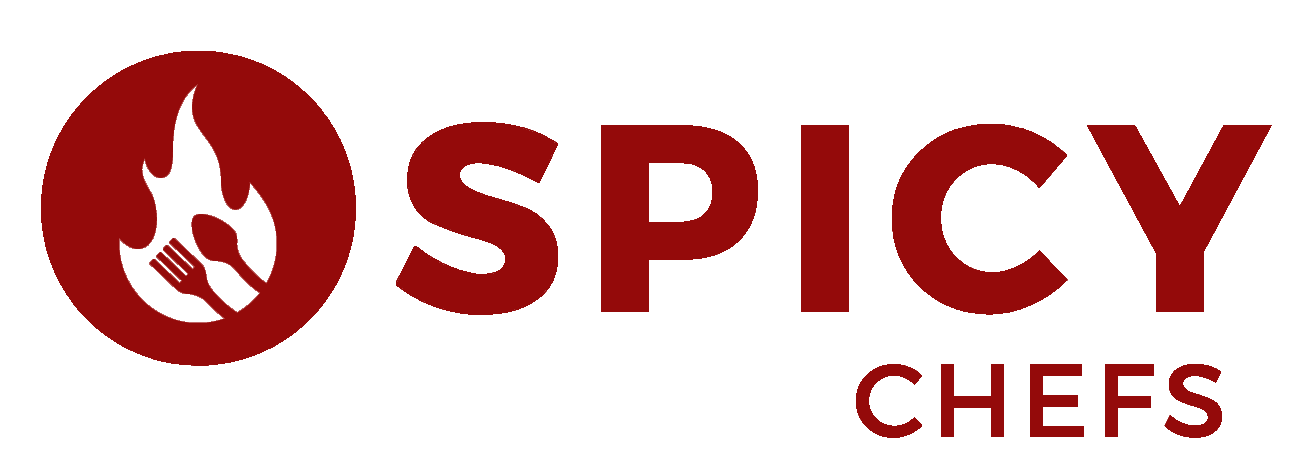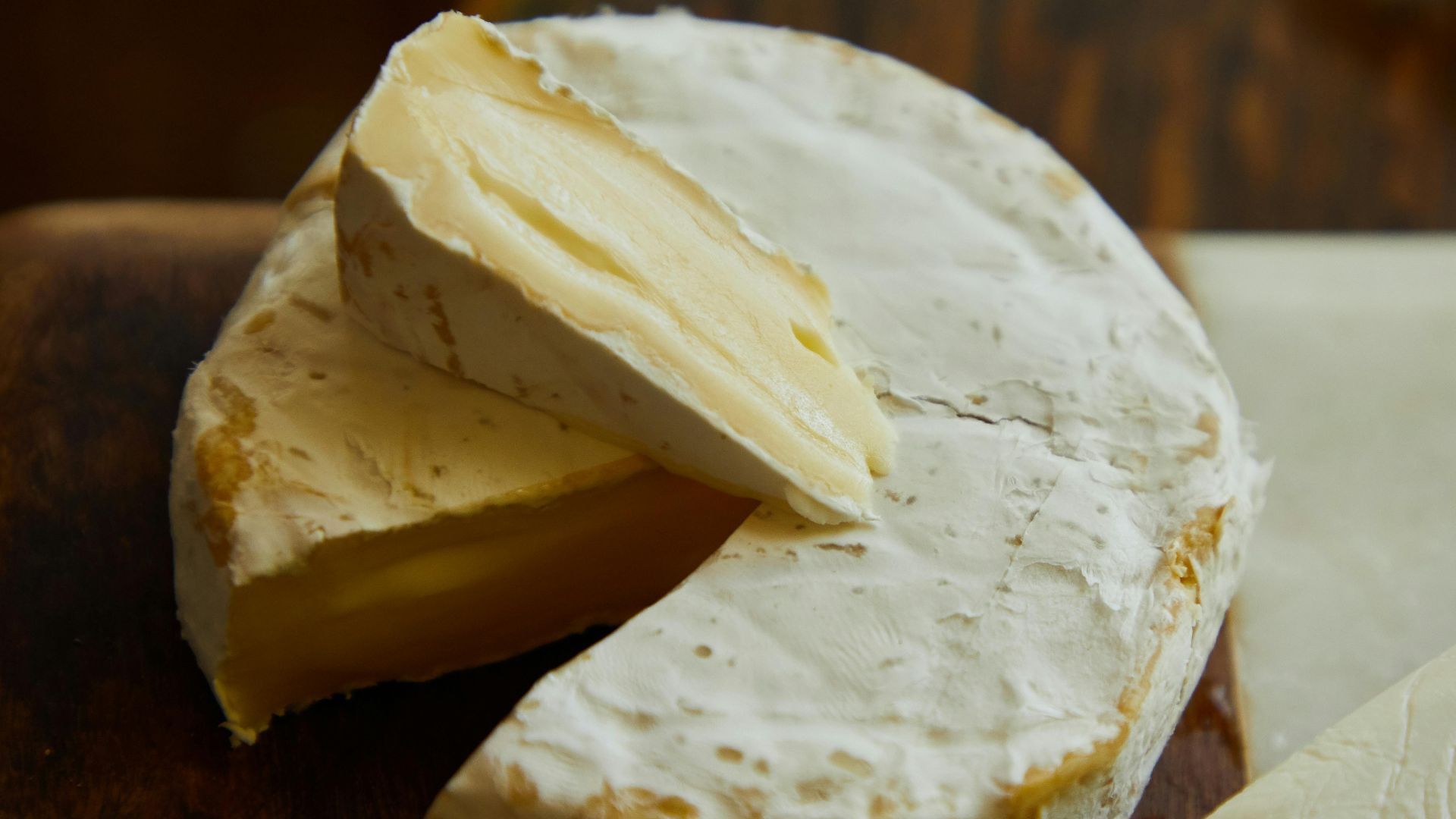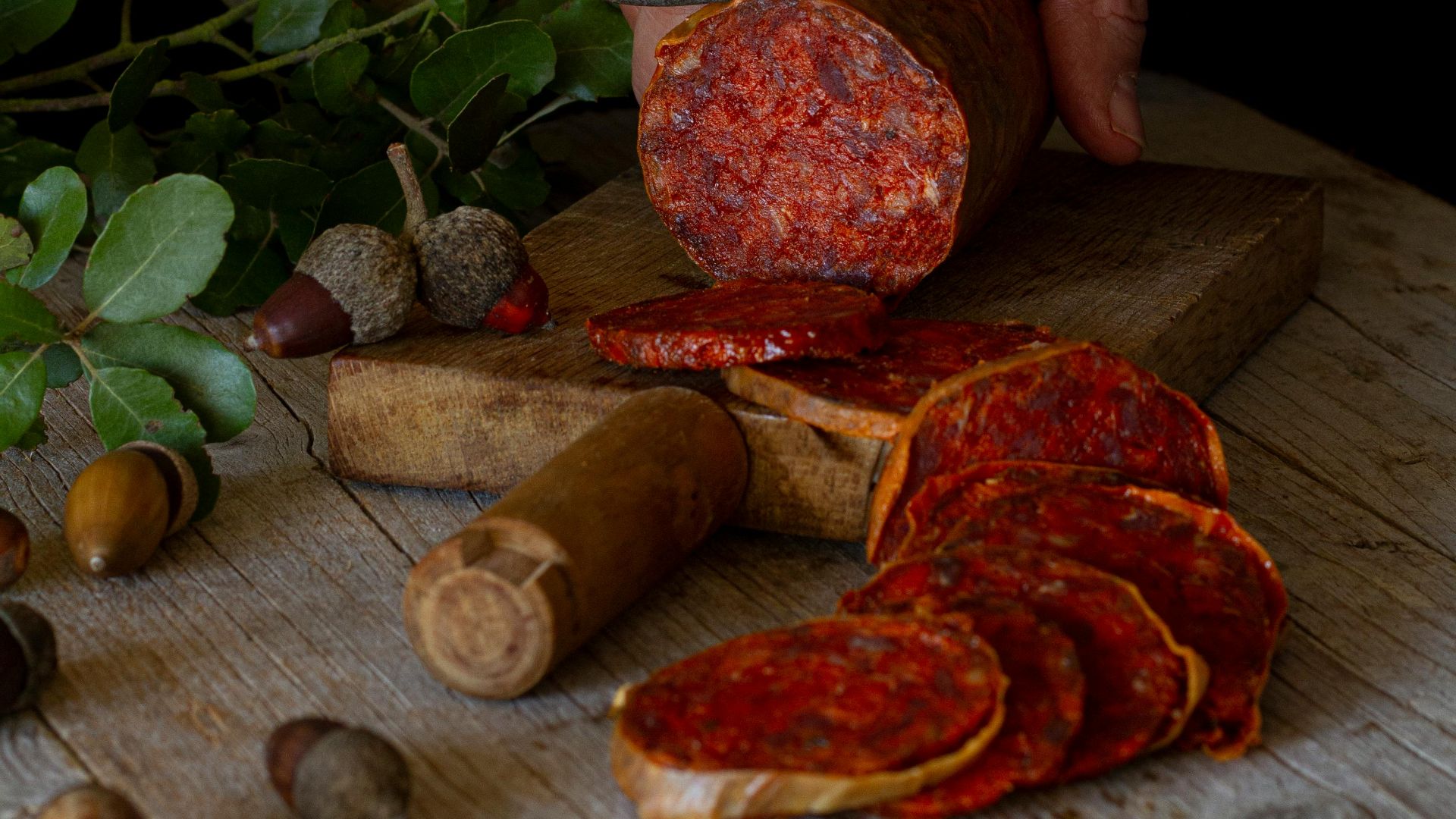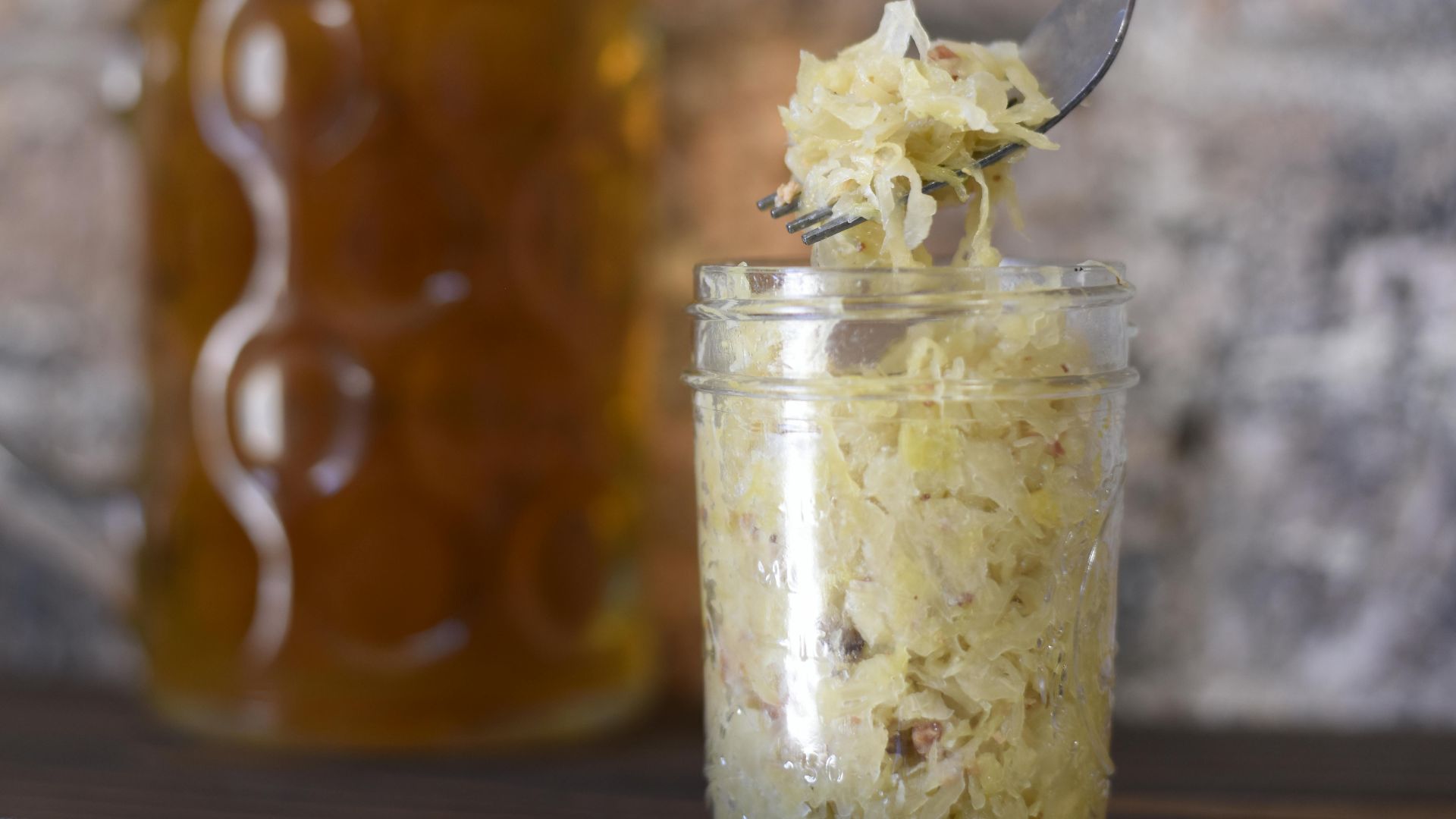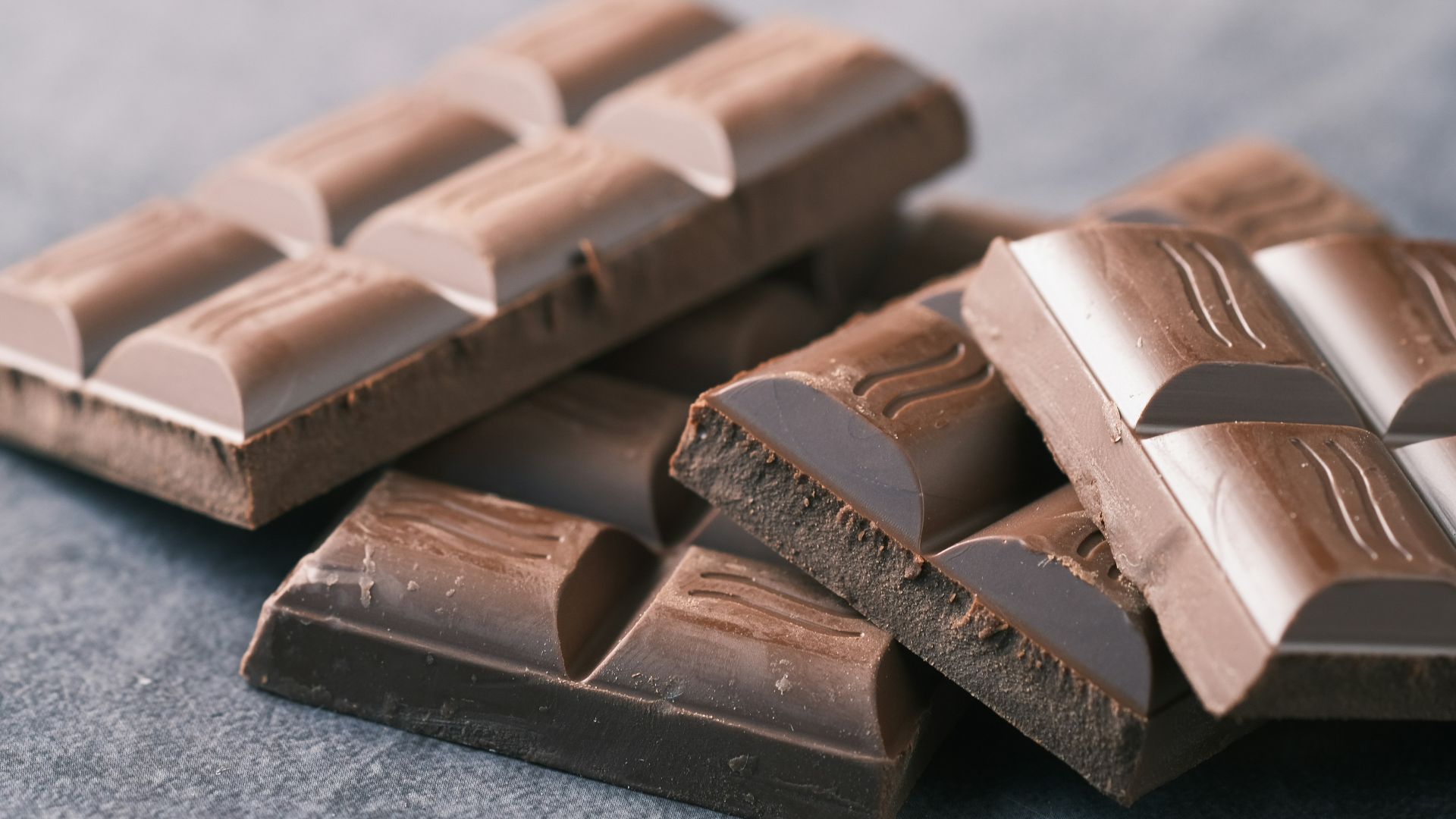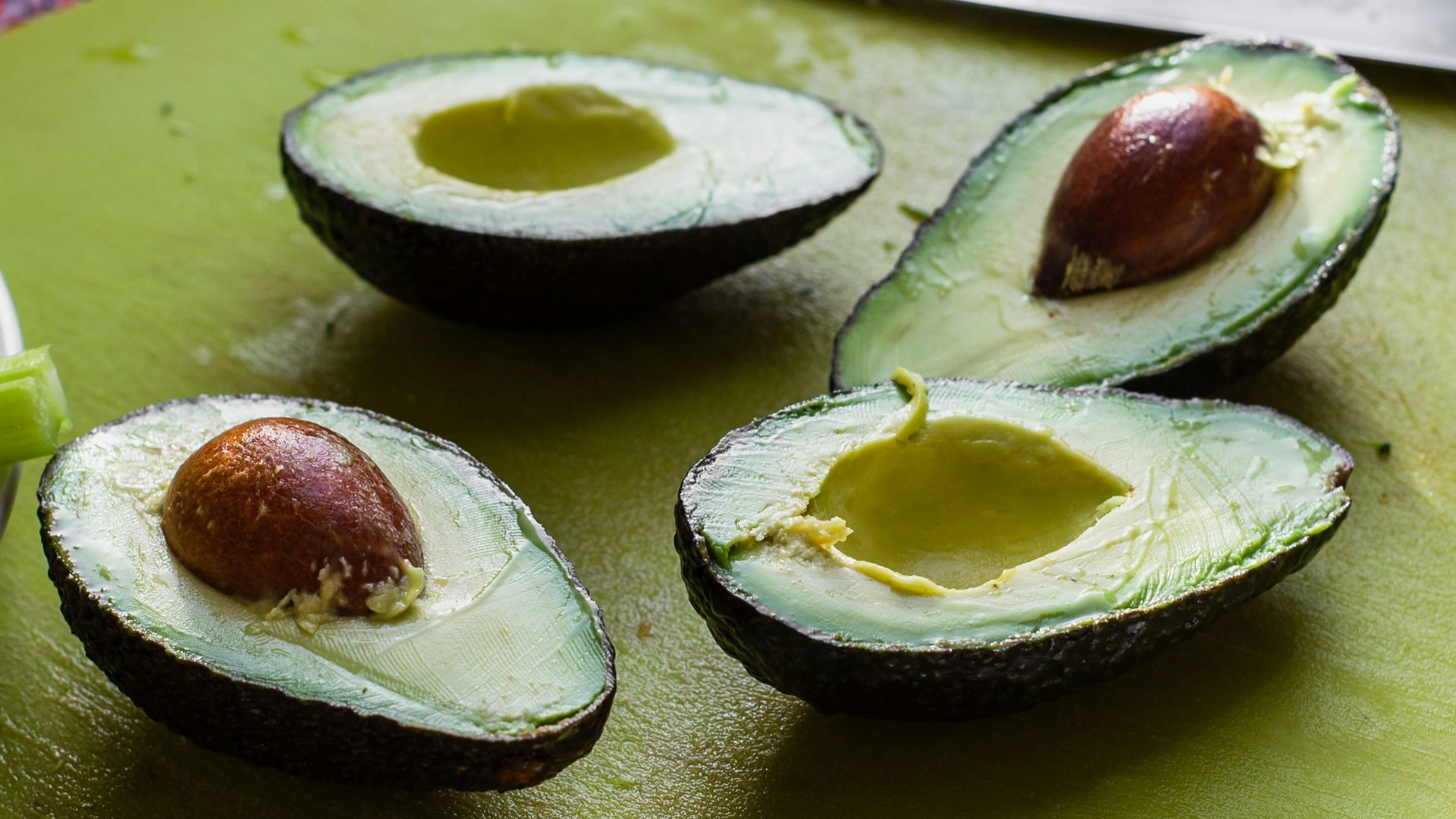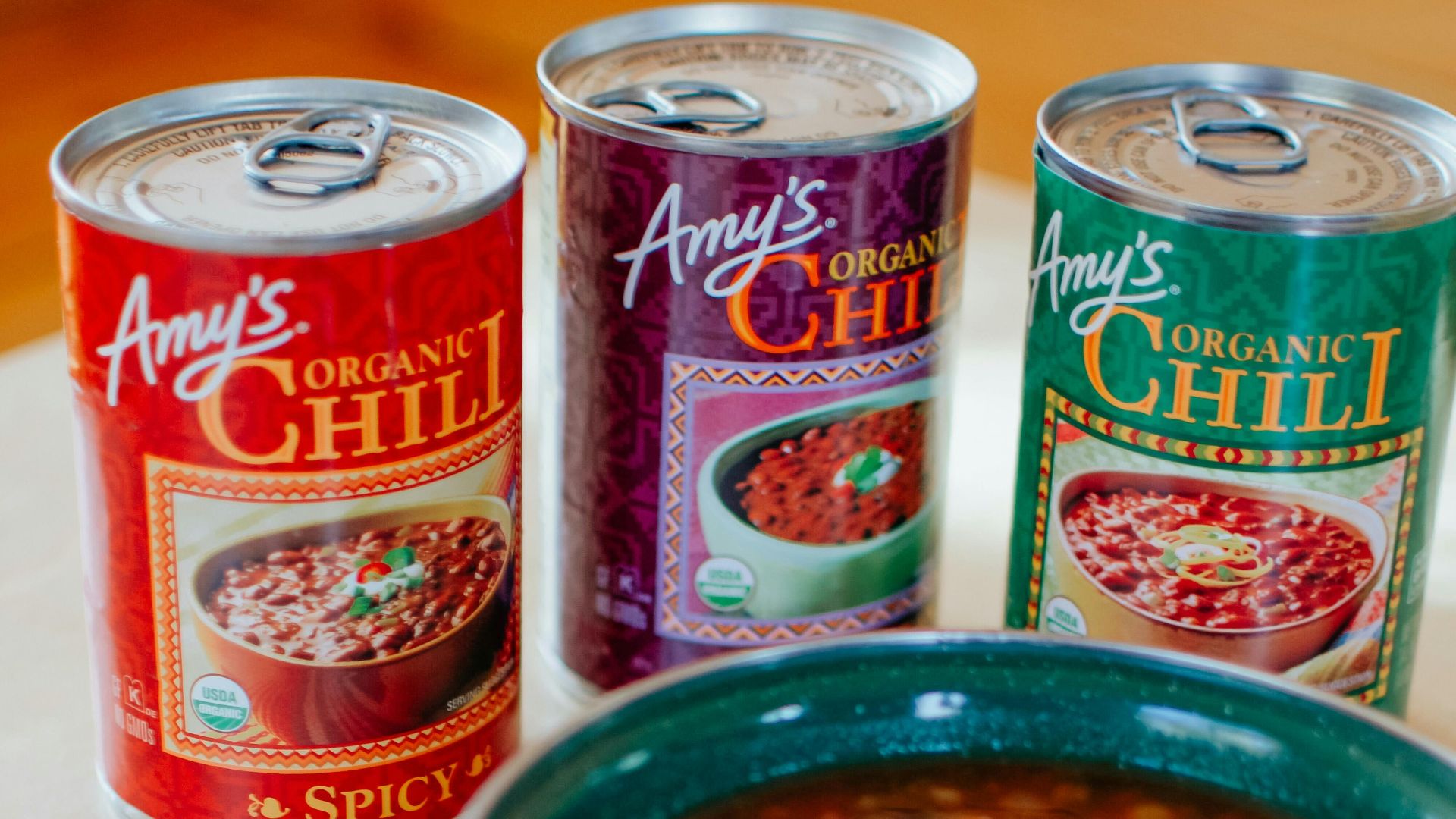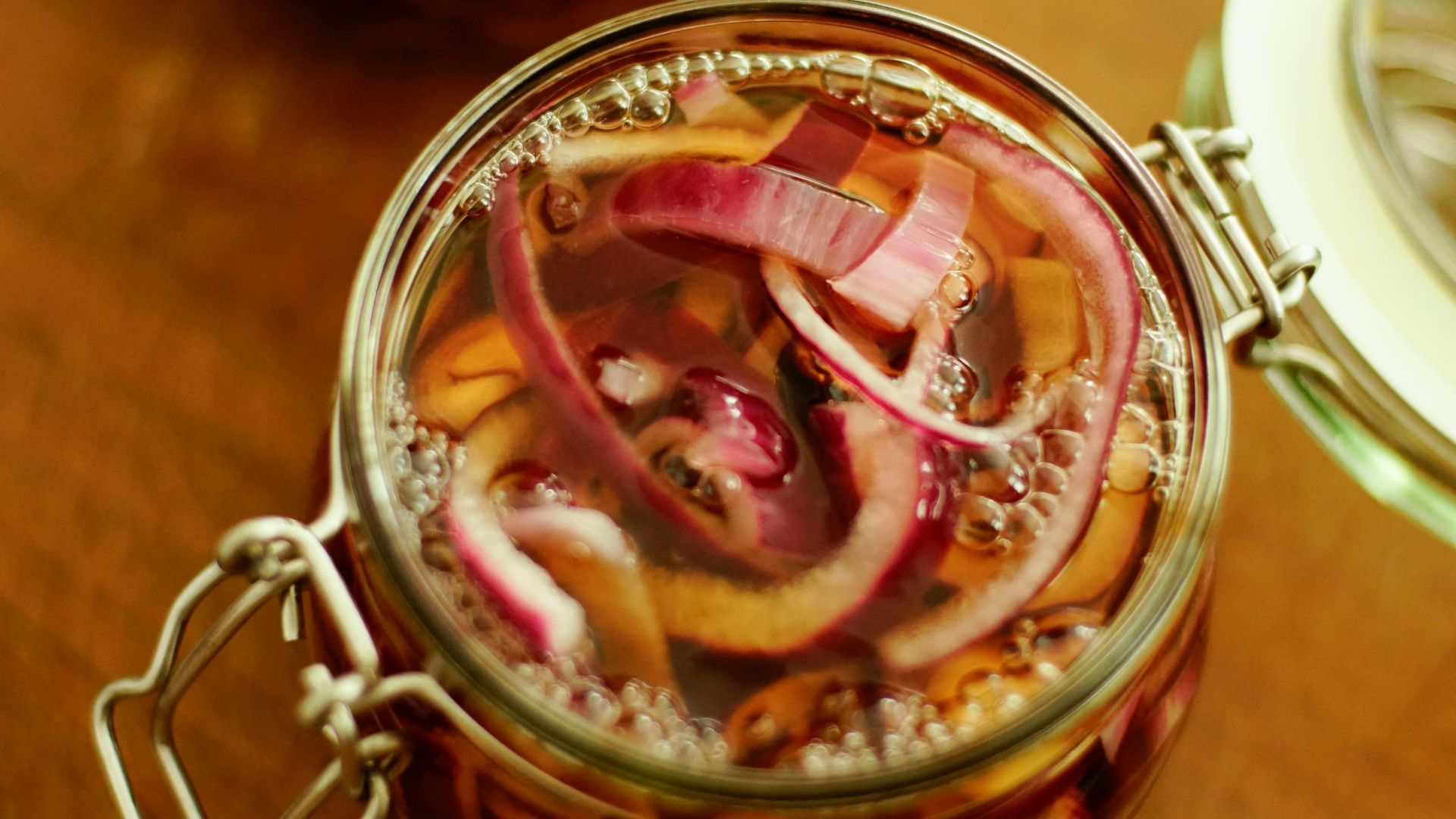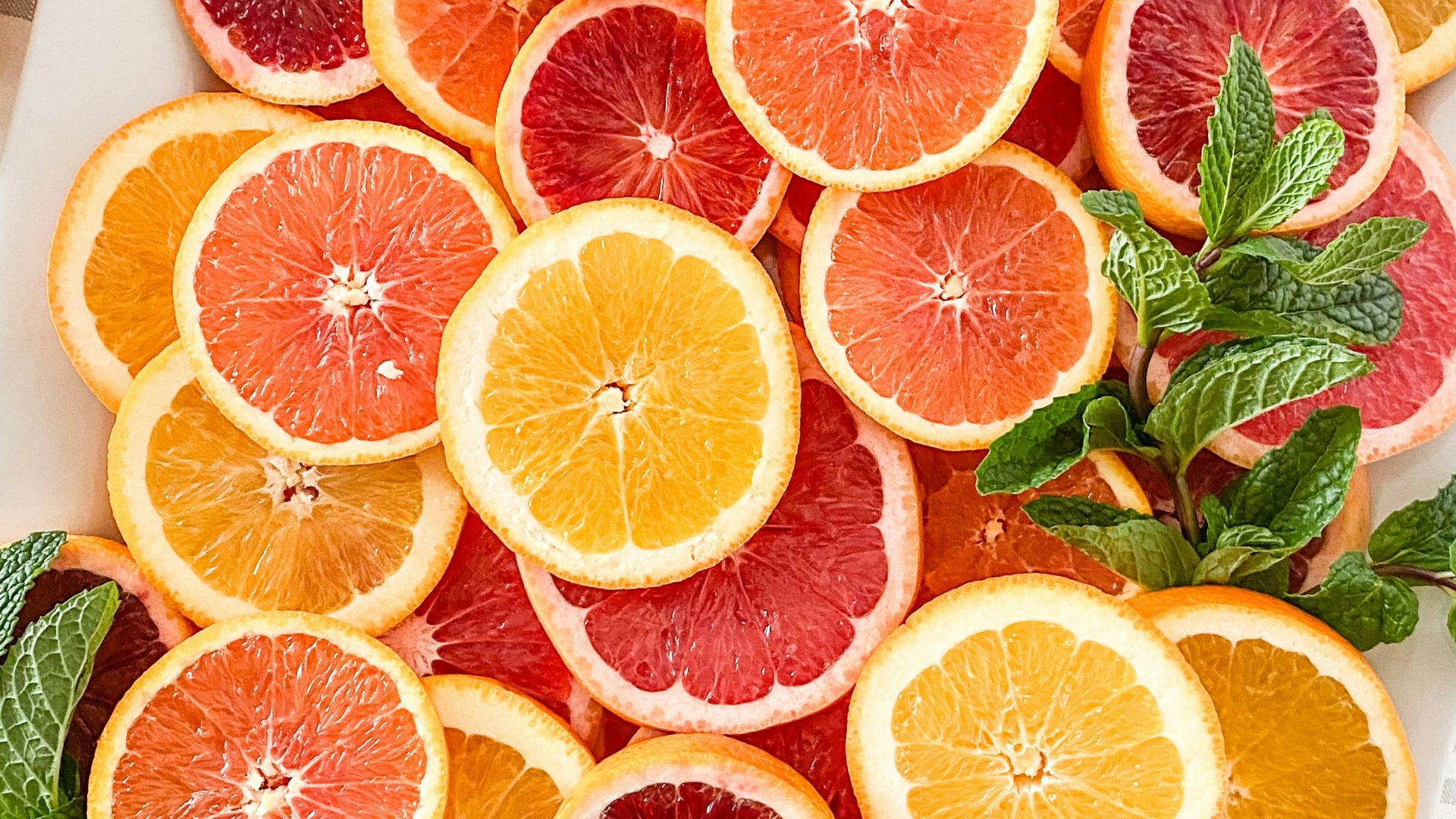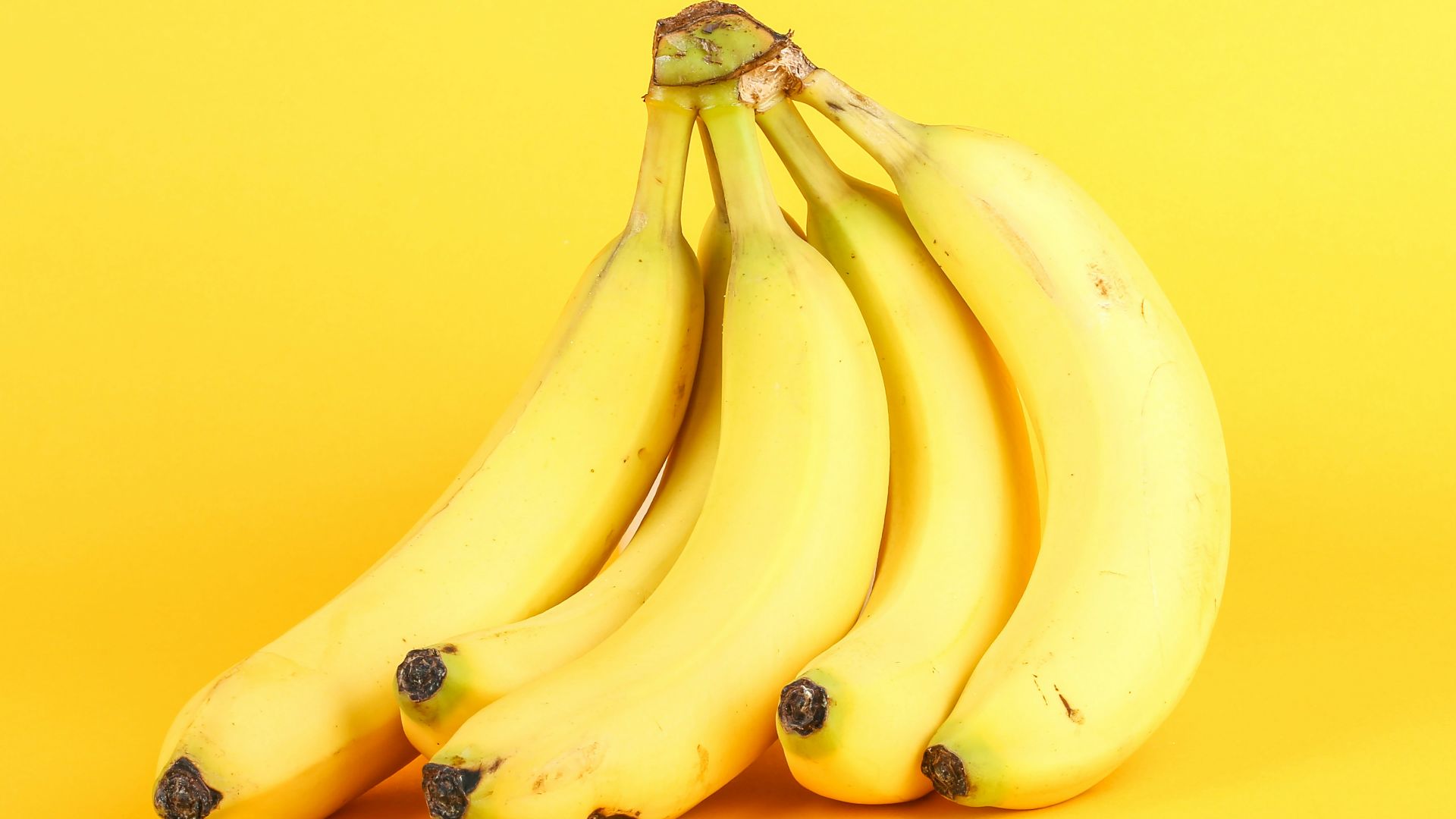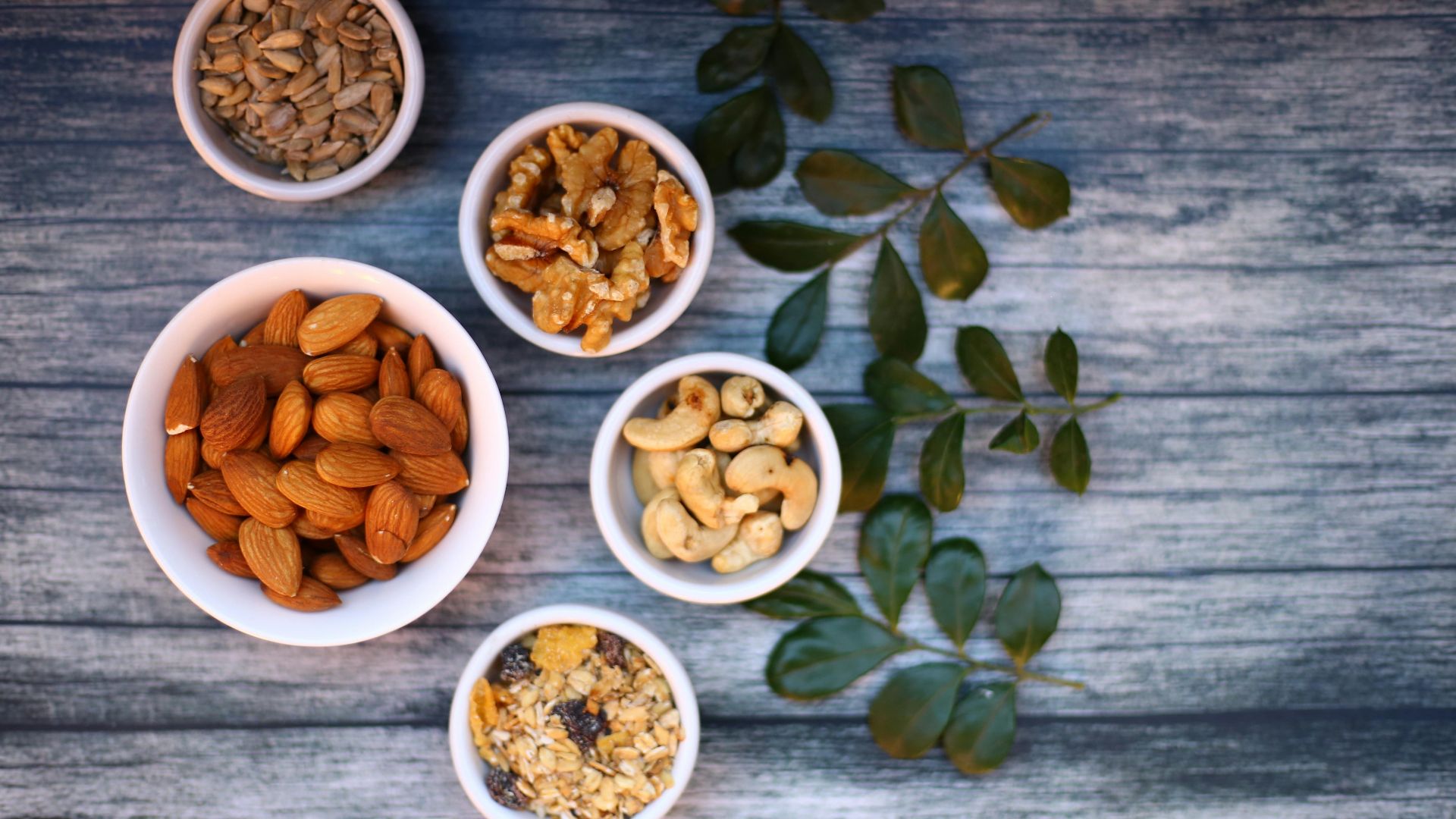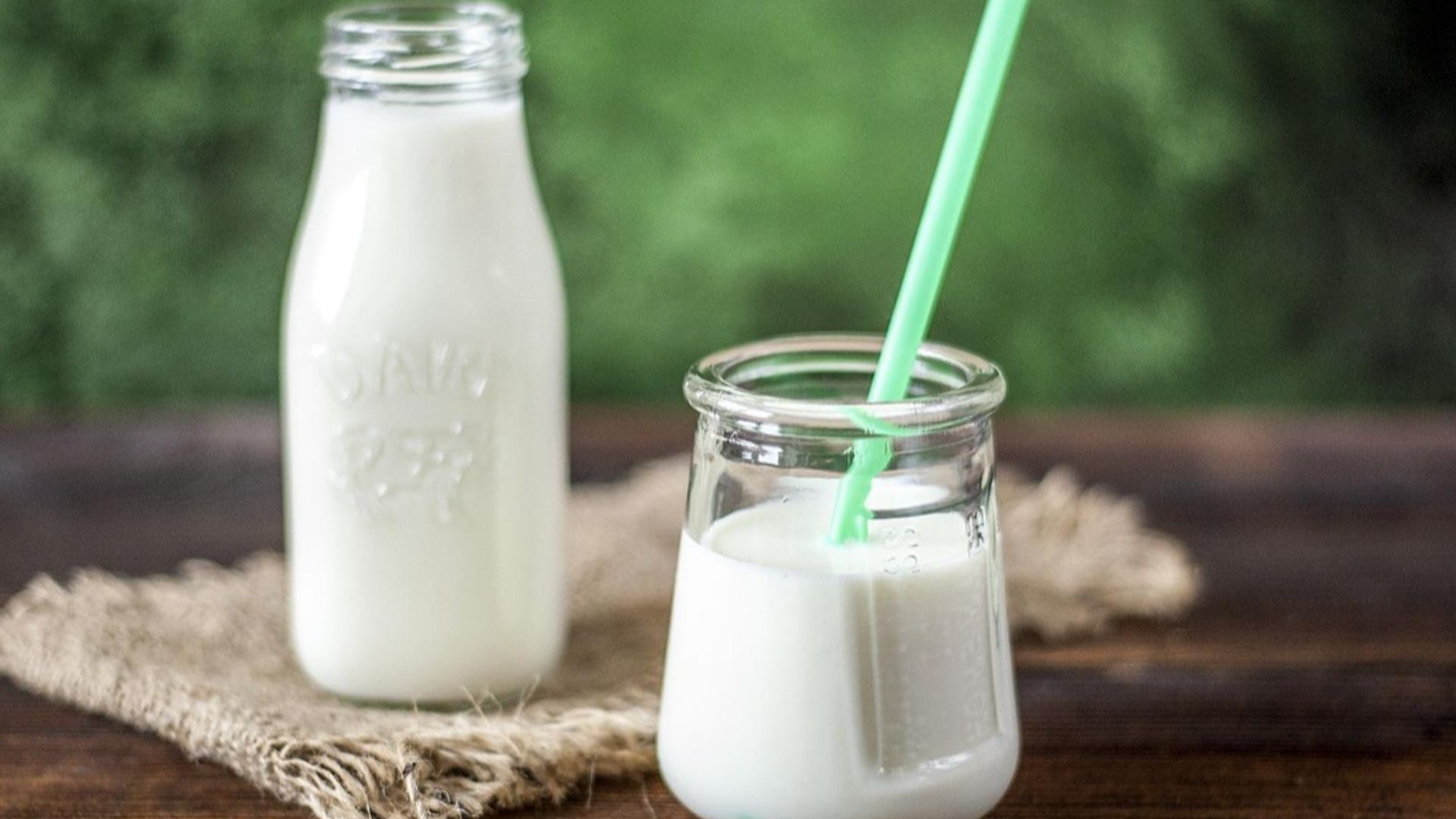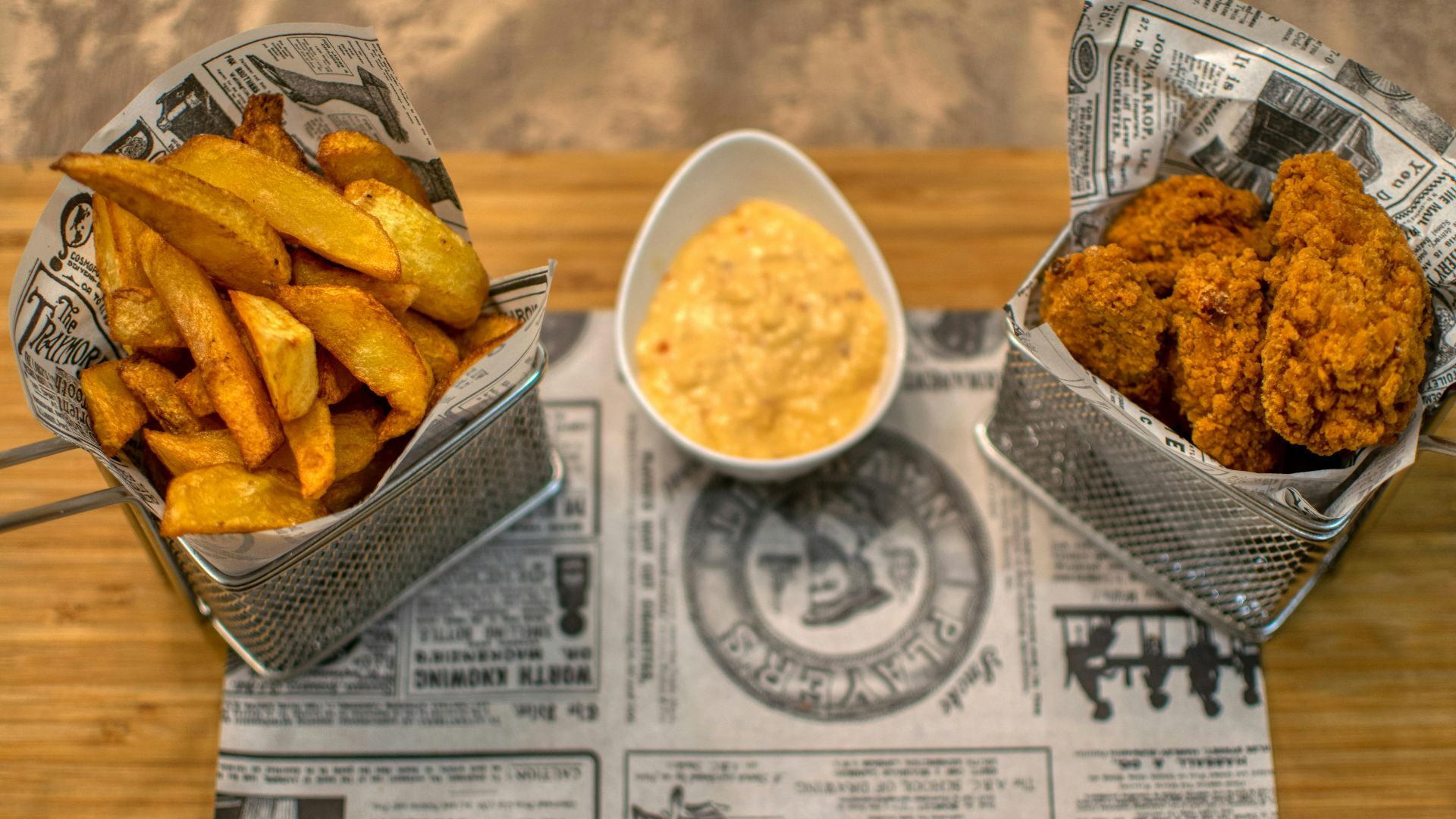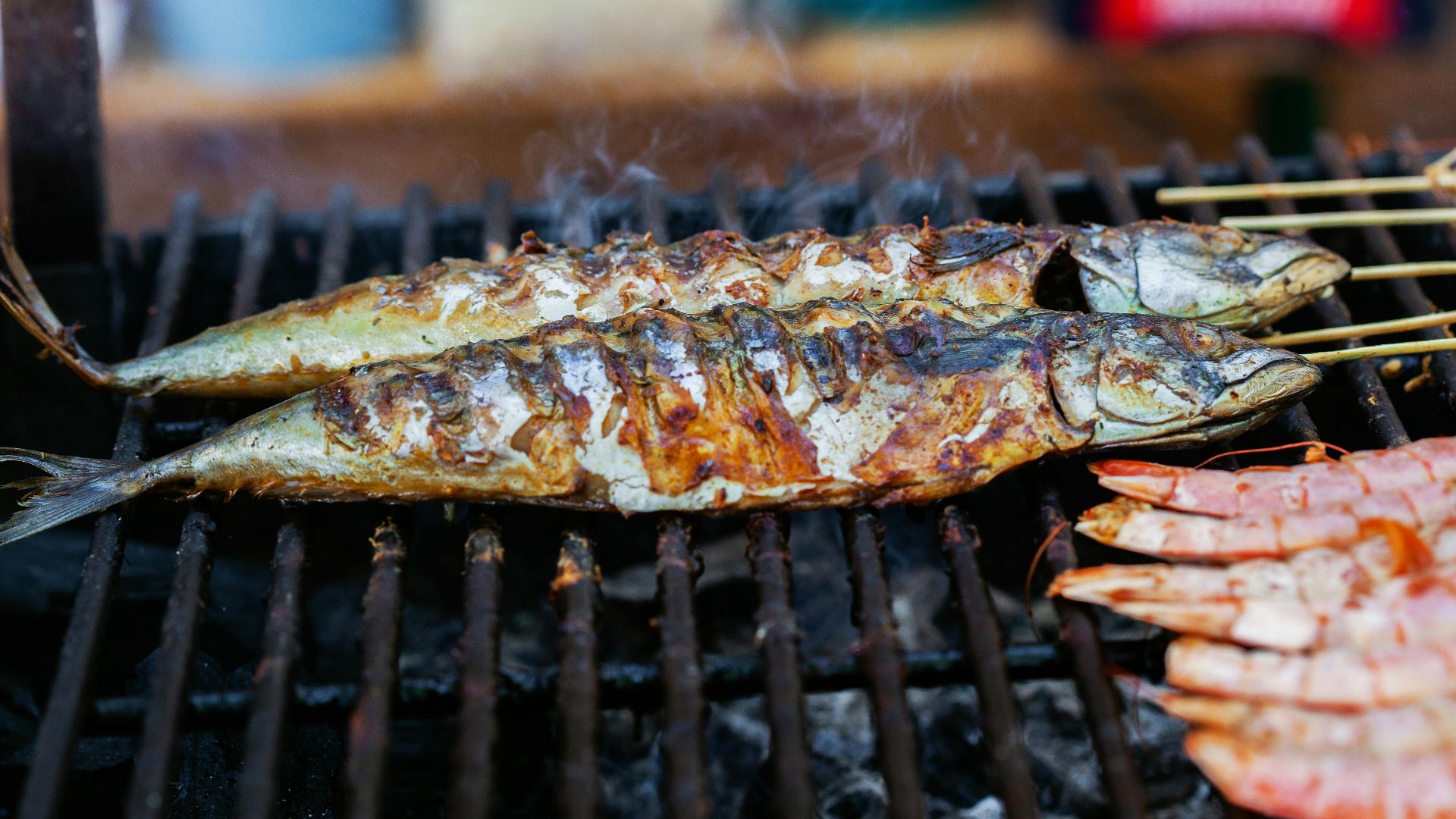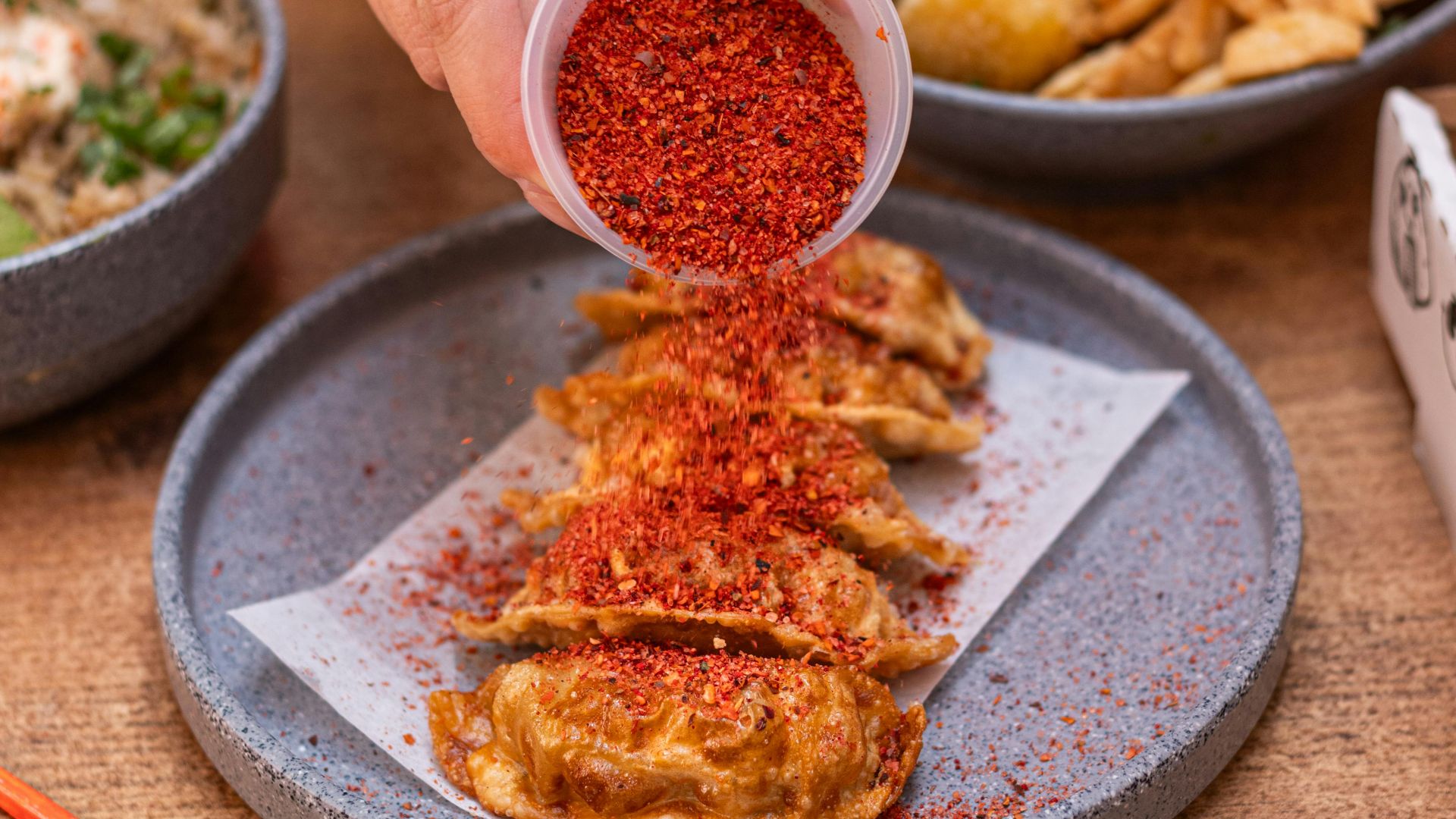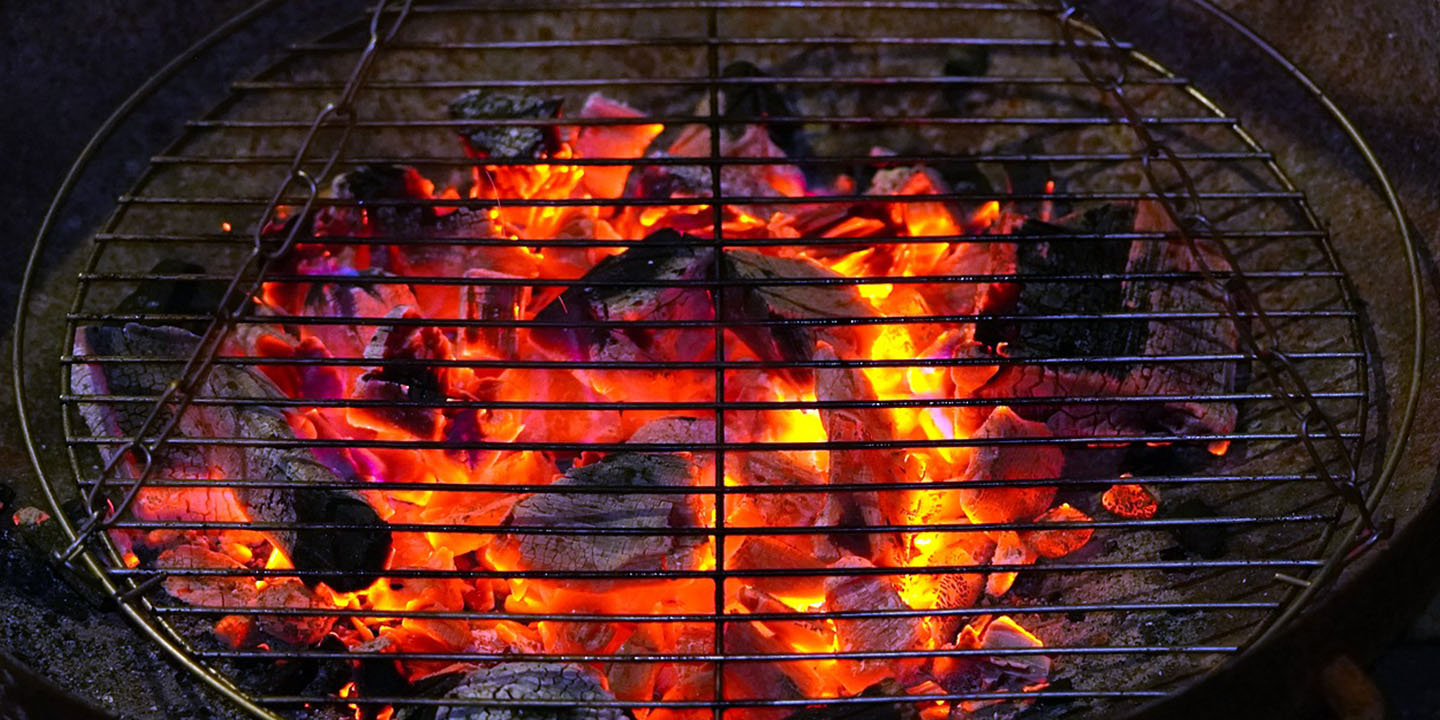Meals With Side Effects
It’s tempting to point fingers at screens or stress when a headache strikes. But food can be a quiet culprit, stirring things up behind the scenes without you knowing. Sometimes it’s a single ingredient; other times, it’s a sneaky combo. Finding the link isn’t always obvious, but it can make a big difference. Here are 20 common foods that could be the hidden cause of your headaches.
1. Aged Cheeses
Tyramine levels increase as cheese ages. This naturally occurring compound can constrict and then dilate blood vessels, which creates a perfect storm for migraine-prone individuals. Blue cheese and Parmesan are common culprits. Anyone tracking their headache triggers should log how often these rich, aged options show up in meals.
2. Processed Meats
That quick deli sandwich might come with an unwelcome side effect. Nitrates and nitrites (used in preserving meats like ham and salami) trigger vascular changes in the brain. These compounds release nitric oxide, which is linked to the onset of migraines and tension-type headaches.
3. Cured Olives
Often overlooked, cured olives are surprisingly high in tyramine due to the fermentation process. They're a staple in Mediterranean-style dishes, but even small amounts can provoke reactions in sensitive individuals. Consistent intake may cause recurring headaches without obvious patterns, especially if combined with other high-tyramine ingredients.
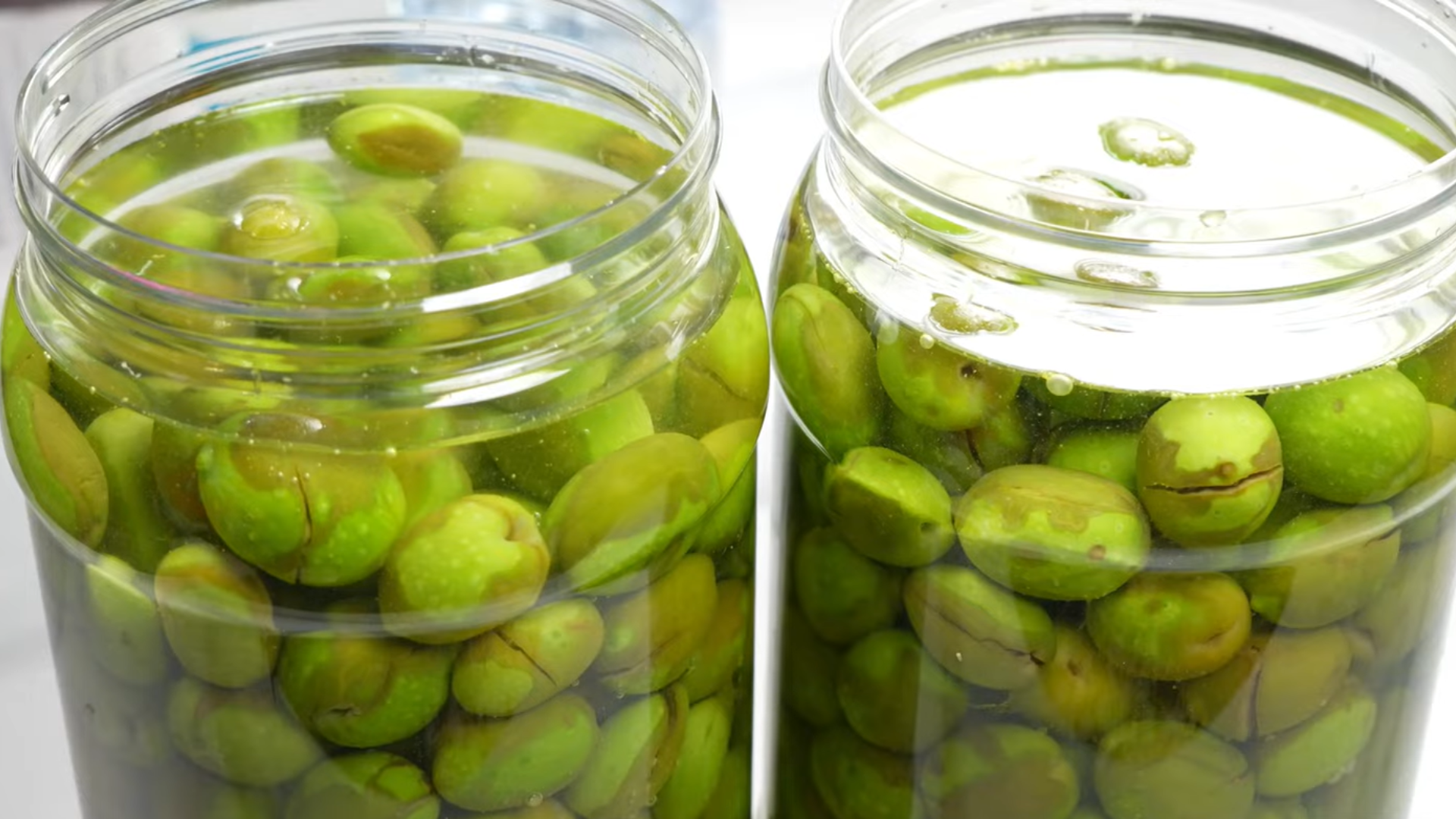 The best brine cured olives ever by Aleppian Nights 2
The best brine cured olives ever by Aleppian Nights 2
4. Fermented Sauerkraut
This tangy topping delivers probiotics, but also histamines and tyramine. Fermentation boosts flavor and gut health, but for those with histamine intolerance, it may also bring on migraines. The body's inability to break down these biogenic amines efficiently can lead to a chain of inflammatory responses, including head pain.
5. Chocolate
Chocolate's connection to headaches isn't just a myth. It contains caffeine and phenylethylamine, each of which can alter blood flow or influence brain chemistry. While some tolerate it well, others report headaches within hours of consumption.
6. Avocados
As avocados ripen, they naturally build up tyramine, particularly in overripe flesh. While loaded with healthy fats, they may also trigger migraines in those sensitive to biogenic amines. The effect is subtle, but repeated exposure can lead to patterns of post-meal head pain that are easy to overlook.
7. Ice Cream
Cold-stimulus headaches, often called "brain freeze," are sudden and intense. They occur when cold hits the roof of the mouth and rapidly alters blood flow to the brain. For migraine sufferers, even small servings of ice cream or frozen treats can bring on more prolonged headaches.
8. MSG-Heavy Foods
Monosodium Glutamate (MSG) is used to increase flavor in savory foods, especially in canned soups and packaged snacks. Some people experience what's known as "Chinese Restaurant Syndrome," which includes headaches and pressure in the head. While not everyone is affected, those who are tend to react quickly.
9. Pickled Foods
Pickling may preserve flavor, but it also raises tyramine levels. Foods like kimchi and pickled onions can aggravate headaches in sensitive individuals. The longer something sits in brine or undergoes fermentation, the higher the potential for triggering amine-related symptoms, particularly in those prone to migraines or food sensitivities.
10. Citrus Fruits
Citrus fruits also contain histamine-releasing compounds that may contribute to headaches. In some people, oranges or grapefruits can initiate reactions via mast cell activation. These aren't allergens per se, but their biochemical effects on inflammation and blood vessels are well-documented in medical literature.
11. Bananas
Ripened bananas naturally produce tyramine, especially as their skins begin to brown. This compound affects blood pressure regulation and can provoke migraines in susceptible individuals. Though bananas are healthy, those with dietary migraines may need to limit overripe ones.
12. Nuts And Seeds
Certain nuts contain natural chemicals that may prompt headaches. Histamines and salicylates found in these snacks can interfere with neurological responses. Sensitivities vary, but for some, even small handfuls are enough to trigger noticeable discomfort within a few hours.
13. Onions And Garlic
Sulfur-containing compounds in onions and garlic can cause blood vessels to expand and irritate cranial nerves in sensitive people. Though not widely recognized as headache triggers, both have been flagged in elimination diets. Their volatile oils may provoke headaches, especially when raw or heavily concentrated in cooked meals.
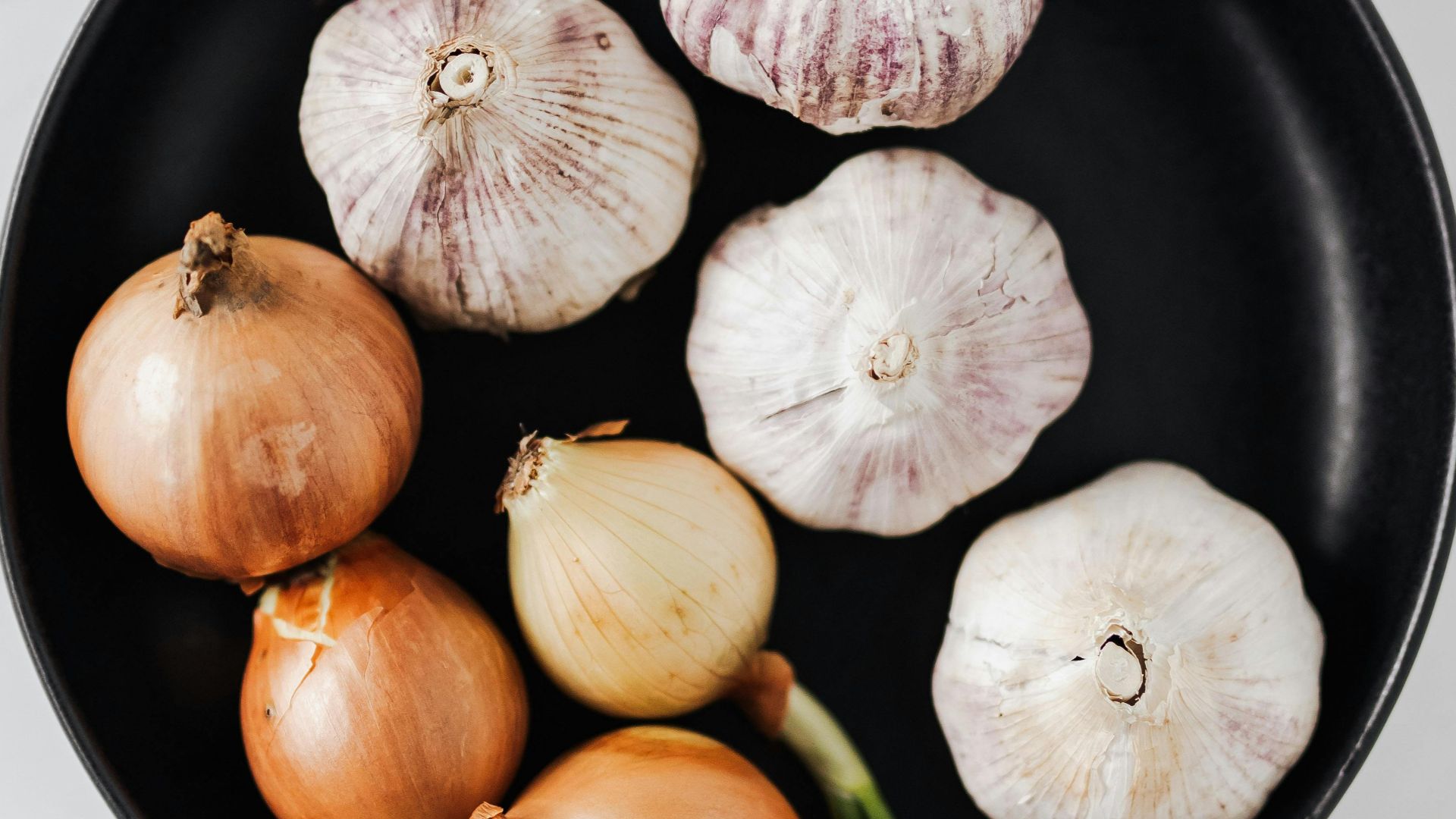 Photo By: Kaboompics.com on Pexels
Photo By: Kaboompics.com on Pexels
14. Milk And Yogurt
For those with lactose intolerance or dairy sensitivity, milk and yogurt can indirectly cause headaches. Disrupted digestion leads to systemic inflammation, which may include headaches. Some dairy products also contain casein, a protein linked to immune responses in sensitive individuals.
15. Fried Foods
Deep-fried meals often contain trans fats and pro-inflammatory oils that disrupt vascular health. These fats slow digestion and promote oxidative stress, creating a recipe for tension and migraines in sensitive populations. Fast food and fried snacks are common culprits that add more than just calories to a plate.
16. Smoked Fish
Salmon and other smoked or aged fish develop high tyramine concentrations during preservation. Combined with natural histamines in fish tissue, these products can become neurological irritants. They're especially risky when consumed in larger portions or alongside other headache-linked foods like cheese or red wine.
17. Spicy Dishes
Capsaicin (the active compound in chili peppers) irritates the trigeminal nerve, the nerve responsible for facial sensation and headaches. Some experience a rush of endorphins, while others feel sharp or throbbing pain shortly after eating spicy foods. Reactions vary widely and often depend on prior migraine history.
18. Yeast-Raised Breads
Baked goods that use yeast can contain tyramine when not consumed fresh. As yeast ferments sugars, it generates amines that accumulate over time. For migraine sufferers, leftover or aged bread may trigger delayed-onset headaches despite its innocent appearance.
19. Eggs
While eggs are a staple in many diets, they can trigger headaches in individuals sensitive to certain proteins or histamine. The body reacts with inflammation or an immune response after consumption. Eggs are a common item excluded during diagnostic elimination diets for unexplained headaches and migraines.
20. Leftover Meats
Once cooked and stored, protein-rich meats begin producing more tyramine as they age. Leftovers like roast chicken or turkey can become headache triggers by day two or three. While refrigeration slows the process, it doesn't stop it. That makes regular rotation and quick consumption important for sensitive eaters.
KEEP ON READING

